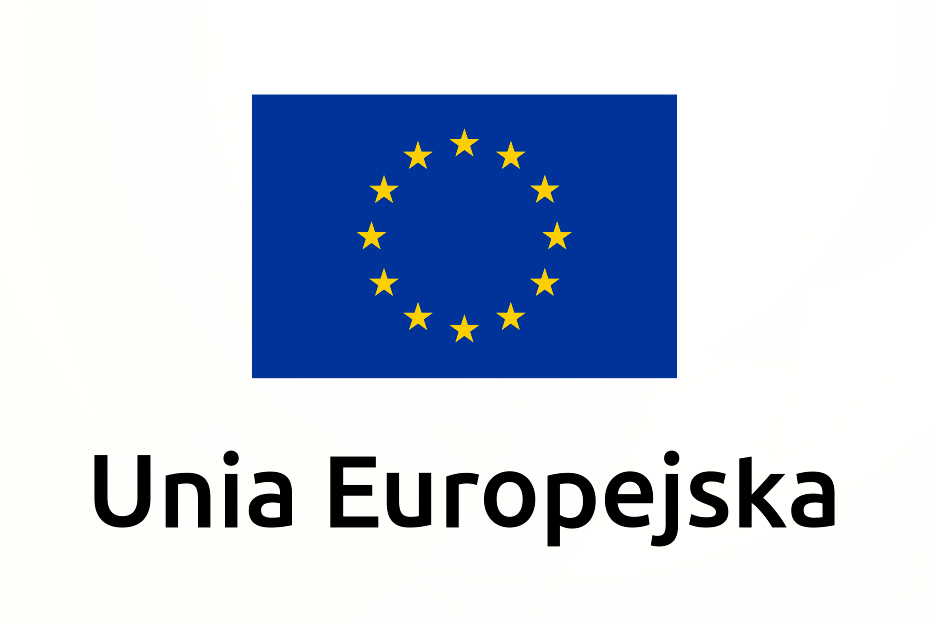MAINTENANCE-FREE MECHANICAL TRACK LUBRICATION SYSTEM FOR ARCHES, JUNCTION NEEDLES AND WHEEL SETS
The problem of increased wear of railway rails on curves, turnout blades and wheelsets in locomotives and carriages is a common problem in railways. Every owner of the railway infrastructure knows it and is well aware of the enormity of costs that are consumed by frequent but necessary repairs of these elements of the railway infrastructure.
RailTech Papla from Bielsko-Biała solves this problem and shows how to easily save money spent on:
- surfacing, turning and replacement of rails
- rolling and replacement of wheelsets
- hardfacing and replacement of turnout blades,
also:
- how to eliminate the tiresome squeaking and scraping noise of the rolling stock overcoming the curves
- how to reduce traction energy consumption
- how to reduce the risk of rolling stock derailment related to the phenomenon of wheel climbing on the side of the rail.
The mechanical, maintenance-free, track-side lubrication system for rail rails on curves consists of a lubricating device from the British company QHi Rail cooperating with a specialized lubricant from the American company Whitmore’s.
The device realizing the above-mentioned benefits is a maintenance-free, mechanical trackside lubricator of the British company QHi Rail, of which RailTech Papla Spółka z o.o. is the exclusive representative for Poland, the Czech Republic, Slovakia, Hungary, Romania, Turkey and Ukraine.
It is a completely mechanical device with a very simple structure, it does not require an external source of energy in the form of an electric cable or a compressed gas cylinder. The device is driven by the kinetic energy of the passing rolling stock. The injection of lubricant is initiated by the passage of each axis of the rail vehicle through the device. The system does not have any electrical, electronic or pneumatic components, thanks to which:
- is fault-free
- is virtually maintenance free
- does not disrupt signaling
- is very cheap to run.
QHi Rail lubrication system & amp; Whitmore’s is constructed in such a way that the lubricant is discharged onto the inner vertical surface of the rail head when the pump pusher is pressed by the rail vehicle wheel. From there, it is picked up by the flanges of the wheels.
At the moment when the rolling stock passes the curve or turnout, the centrifugal force pushes it outwards, causing the friction of the wheel rim against the inner part of the rail head or the turnout needle. Thanks to the lubrication system, the flange of the wheel contacts the rail through the grease, preventing:
- wear of wheels, rails and blades,
- wheel climbing on the rail which creates a risk of derailment
- generating noise pollution
- and reducing traction energy consumption
The system therefore protects the infrastructure and improves safety in a comprehensive manner.
The flanges of the wheels do not leave grease where it is not needed, i.e. on straight sections of the track, so you can minimize its wear.
The grease does not get to the top of the rail head, so it does not affect the acceleration and braking of the rolling stock.









